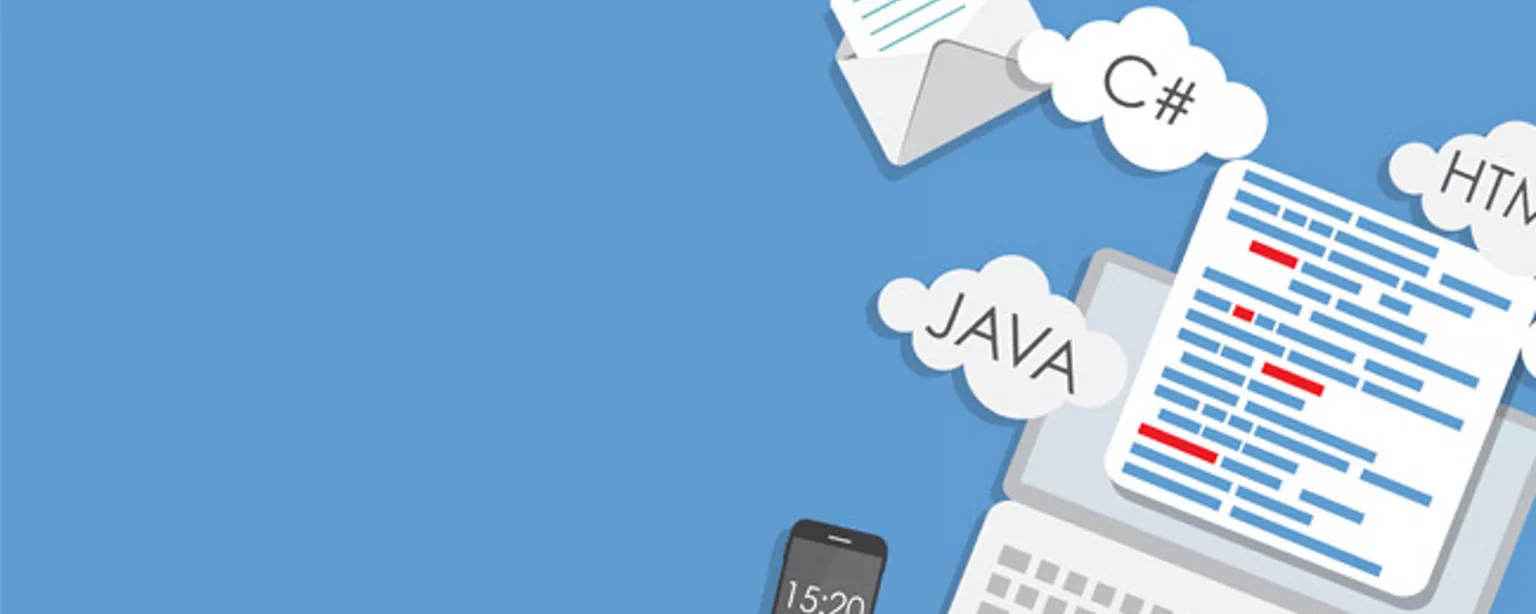If you want to understand what a back-end developer does, think of developing software or a website like building a house. The back-end developer builds the structure — from building the frame to plumbing and wiring — and then maintains the structure’s inner workings.
A front-end developer, meanwhile, creates the finishing touches the inhabitants interact with, such as faucets and light switches.
While front-end developers focus on design and usability, back-end developers make sure that software and websites are operationally robust, and can deliver information quickly and reliably while scaling under load. In short, front-end developers need their back-end counterparts to create excellent code, because it is impossible to provide a positive user experience unless the underlying software is also great.
To succeed in this job, you’ll need a range of skills, which fall into three broad categories: writing code in a development language, database design and administration, and working with web services.
General programming skills
The back-end developer primarily writes code in a general programming language. In enterprise development, most code is written in Java and C#. The open source general-purpose scripting language PHP is also widely used. So, too is Visual Basic, although it has fallen somewhat out of favor due to both Microsoft and the .NET community putting emphasis on C#. Ruby, Python and JavaScript (in the Node.js environment) have also been rising in popularity in recent years — enough so that back-end developers with these skills are in growing demand.
A back-end developer programming in C# or Visual Basic will need to learn ASP.NET (the web development model for .NET), but Java developers have more options in terms of web development frameworks. Spring, Java Server Faces (JSF) and Apache Struts 2 are all systems worth investigating for the Java developer. Ruby developers will want to learn Ruby on Rails. Laravel is one of the more popular PHP frameworks, although there are several open-source alternatives. Python developers usually use Django, and JavaScript programming is done within the Node.js web development system.
Looking for a back-end developer job? We can help! Upload your resume now.
Database savvy
Almost all enterprise software and websites have databases, which makes database expertise one of the key back-end developer skills. The most common databases are Oracle, Microsoft SQL Server, MySQL and PostgreSQL. C# and Visual Basic typically use Microsoft SQL Server, and Java is frequently paired up with Oracle. PHP, Ruby and Python projects are almost always connected to one of the open source database options. These relational database management systems all require knowledge of Structured Query Language (SQL).
Pay attention to NoSQL databases, such as MongoDB and CouchDB. They have gained attention as easy-to-use and simple-to-learn alternatives to traditional relational database management systems. More software projects are using the NoSQL option, either exclusively or in conjunction with more traditional database systems. Back-end developers who want to maximize their job opportunities will add MongoDB or CouchDB to their repertoire so that they don’t miss out on opportunities using these projects. Node.js development projects usually use a NoSQL database.
One of the major changes in back-end developer work has been the use of various database access systems. Tools like Hibernate for Java (and its .NET variant NHibernate) — as well as Microsoft’s Entity Framework for ASP.NET developers — make it easier than ever to design SQL code. PHP developers have a number of open source options for database access, while Ruby on Rails and Django have built-in database access. They significantly improve code quality and development times by automating database programming and making it more consistent.
Web services knowledge
Modern web apps are highly integrated with other systems, such as payment processors and social media networks. Web services are used by many front-end technologies, such as mobile development platforms, single-page architecture (SPA) development systems and desktop applications, to communicate with shared logic on a back end. A back-end developer needs to know how to use both SOAP (Simple Object Access Protocol) and REST (Representational State Transfer) web services, though many developers favor the latter because it is generally considered to be easier to learn and use.
Back-end development is a launch pad for new job possibilities. With study and practice, back-end developers can acquire user interface design skills and user experience literacy to transition into front-end developers. Generalists who cover both the front and back are known as full-stack software developers. Those who prefer to focus on their back-end developer skills can also explore IT jobs in application architecture and database development.
This post has been updated to reflect more current information.







